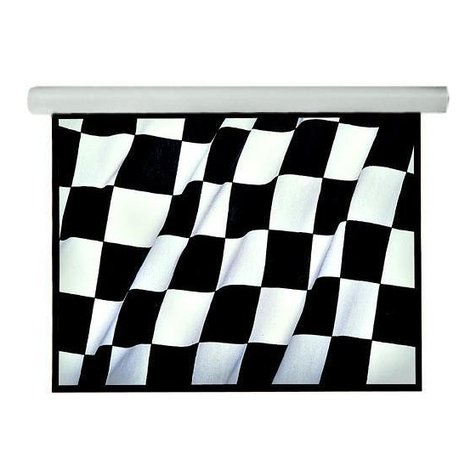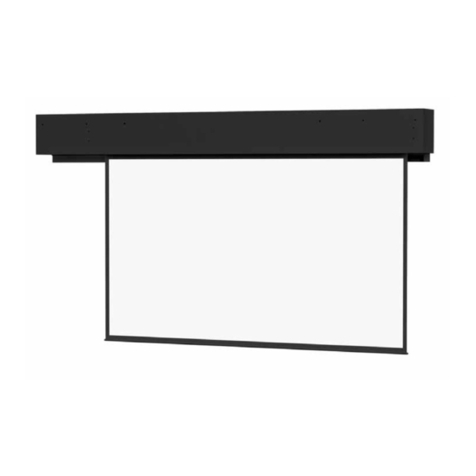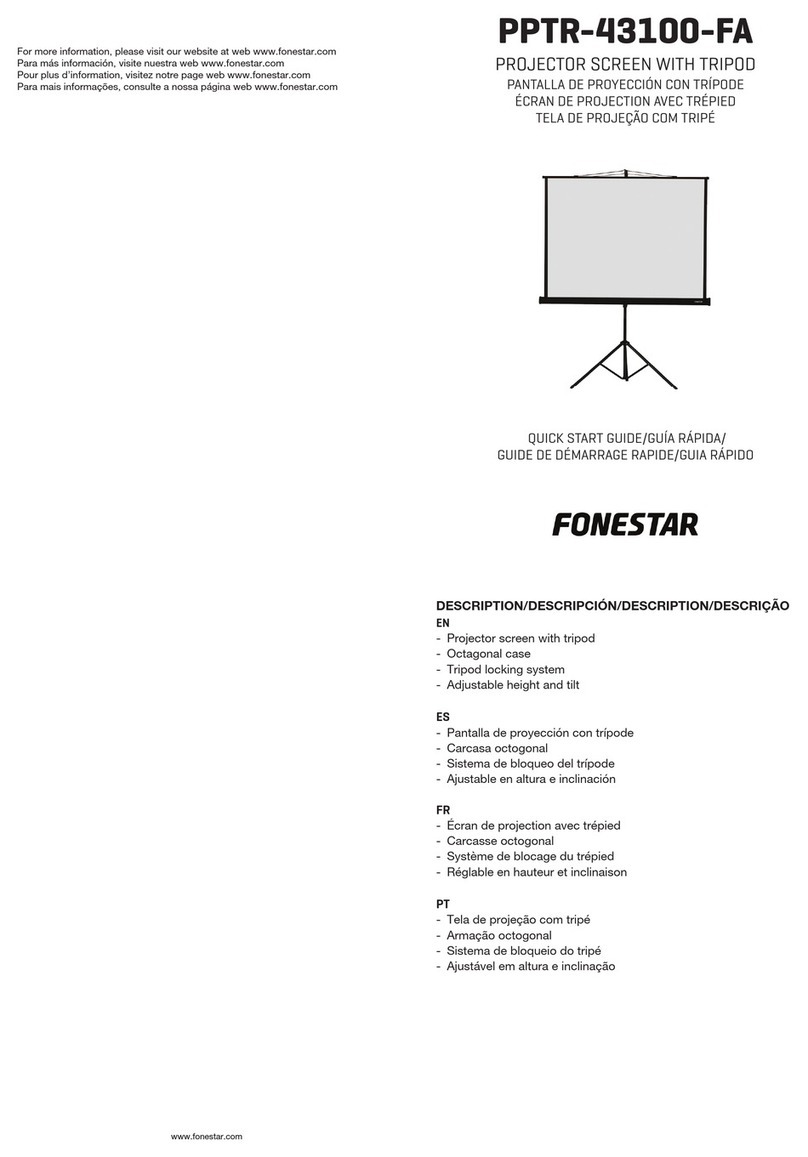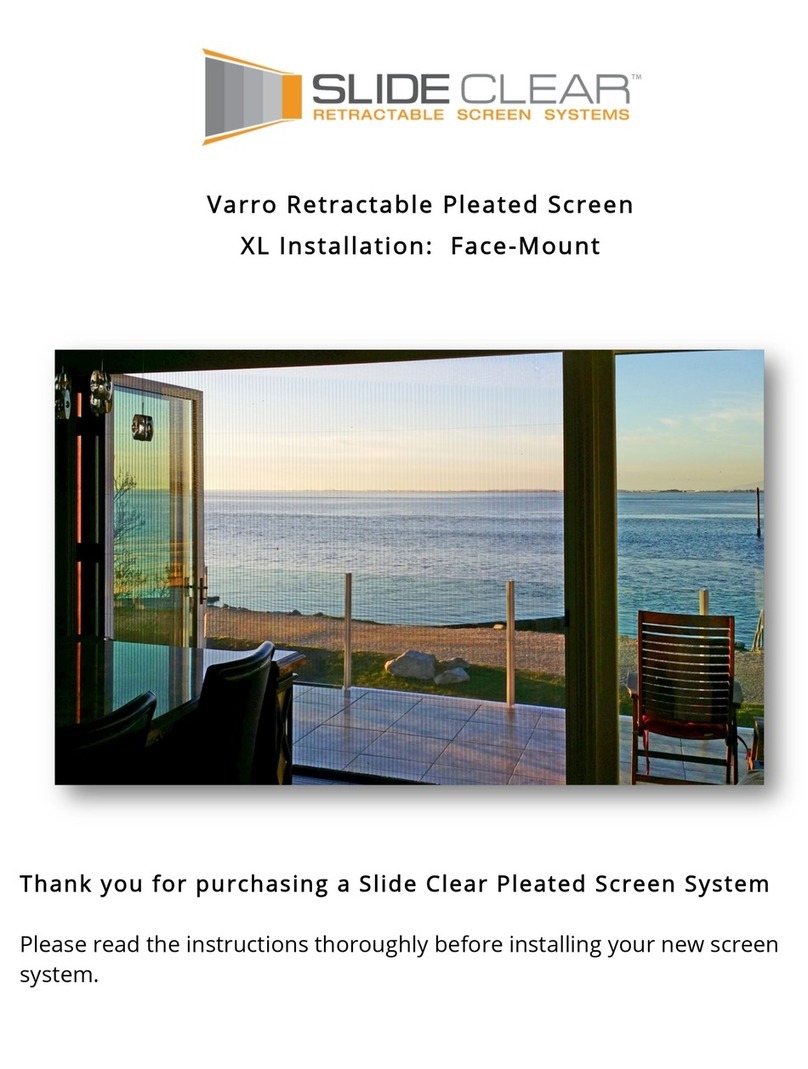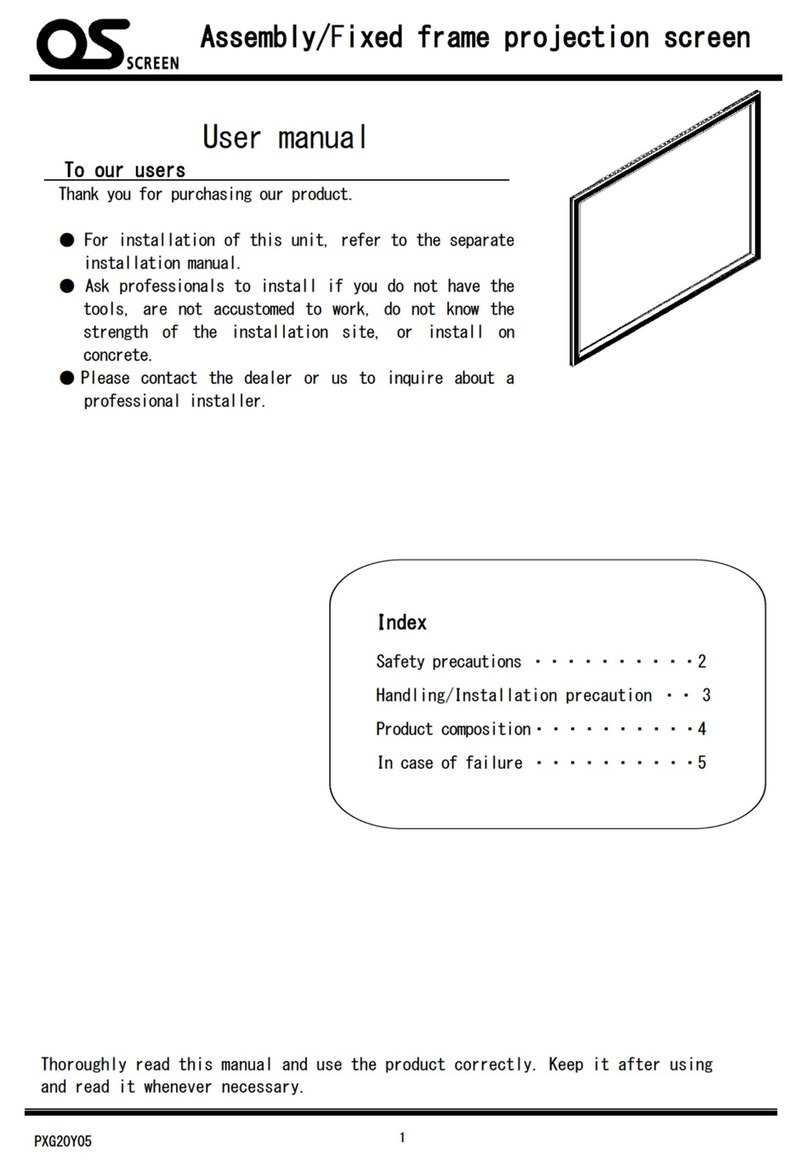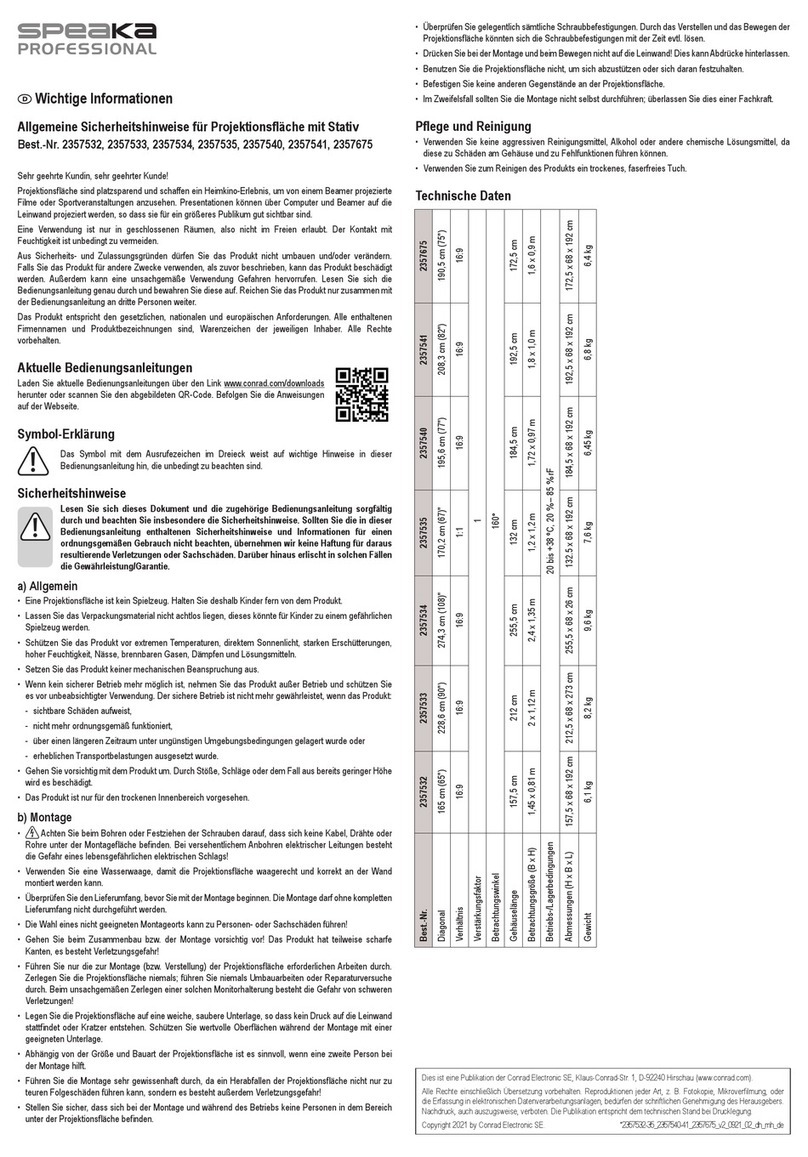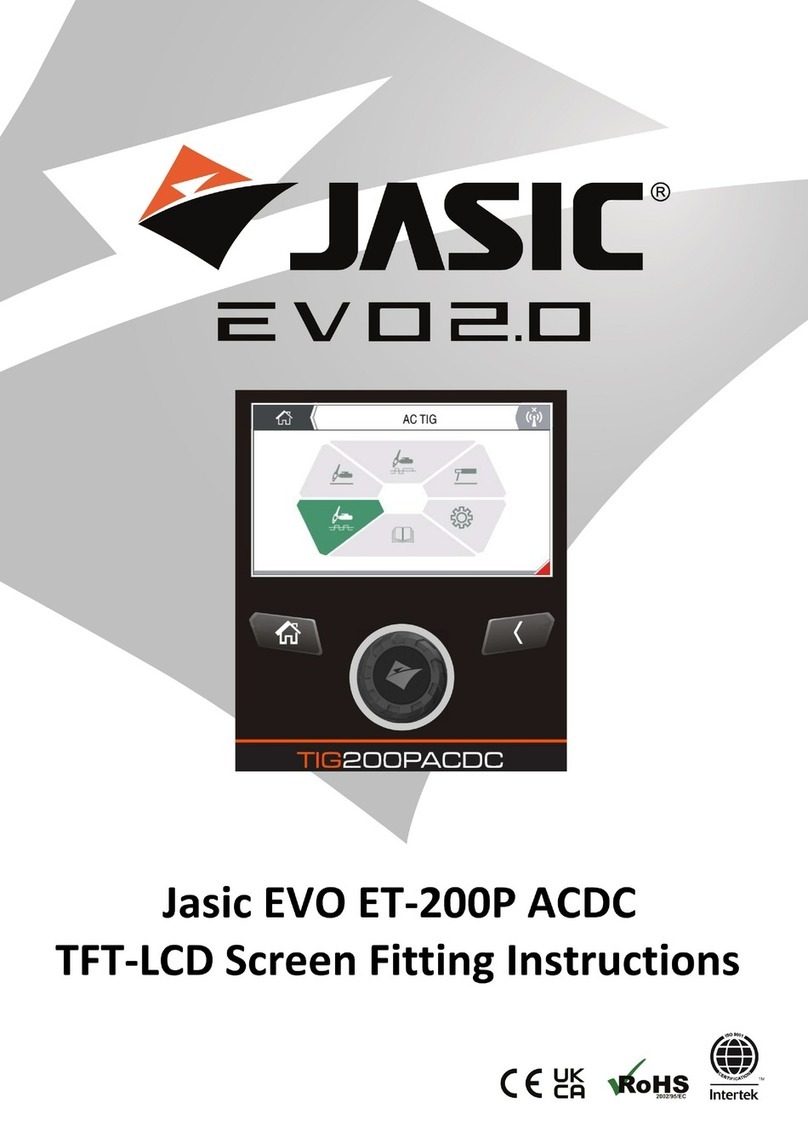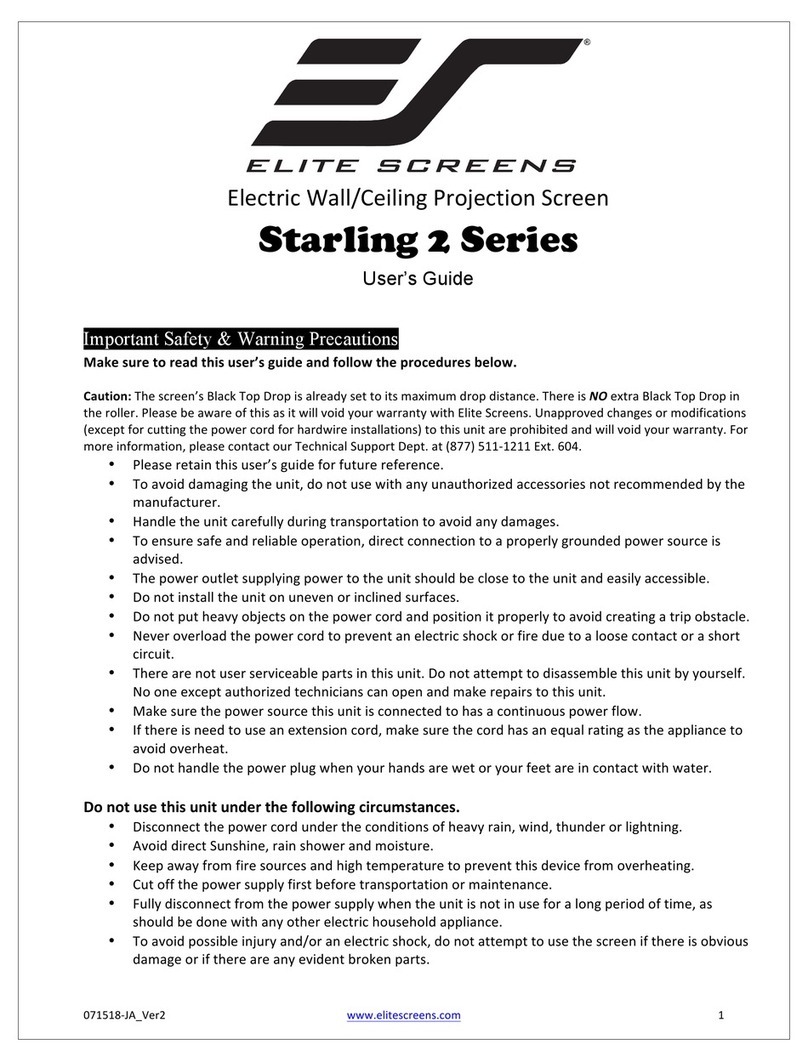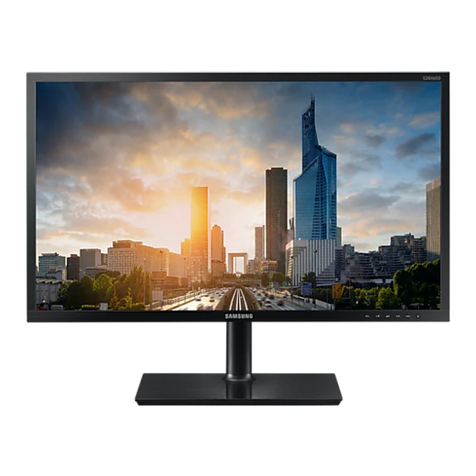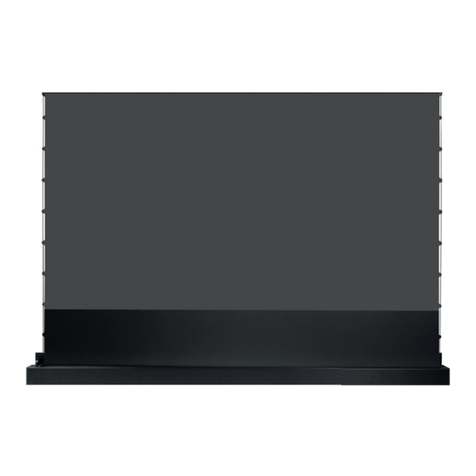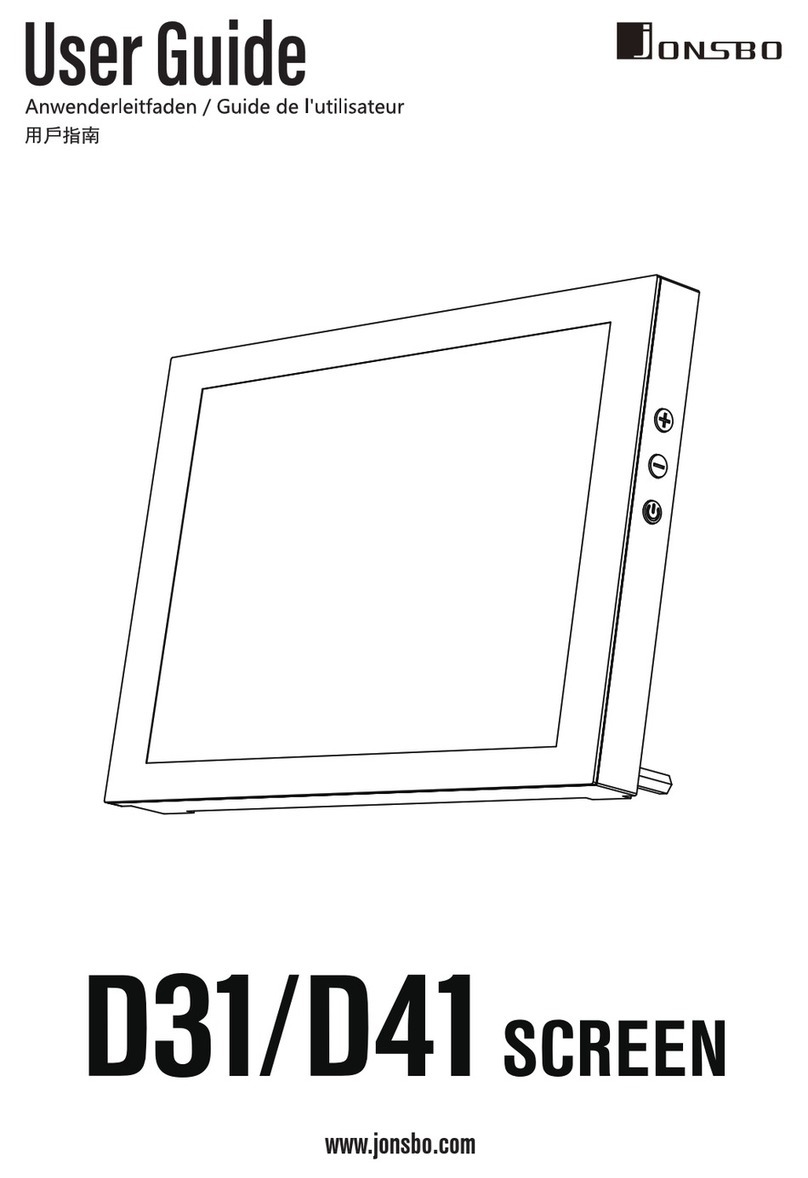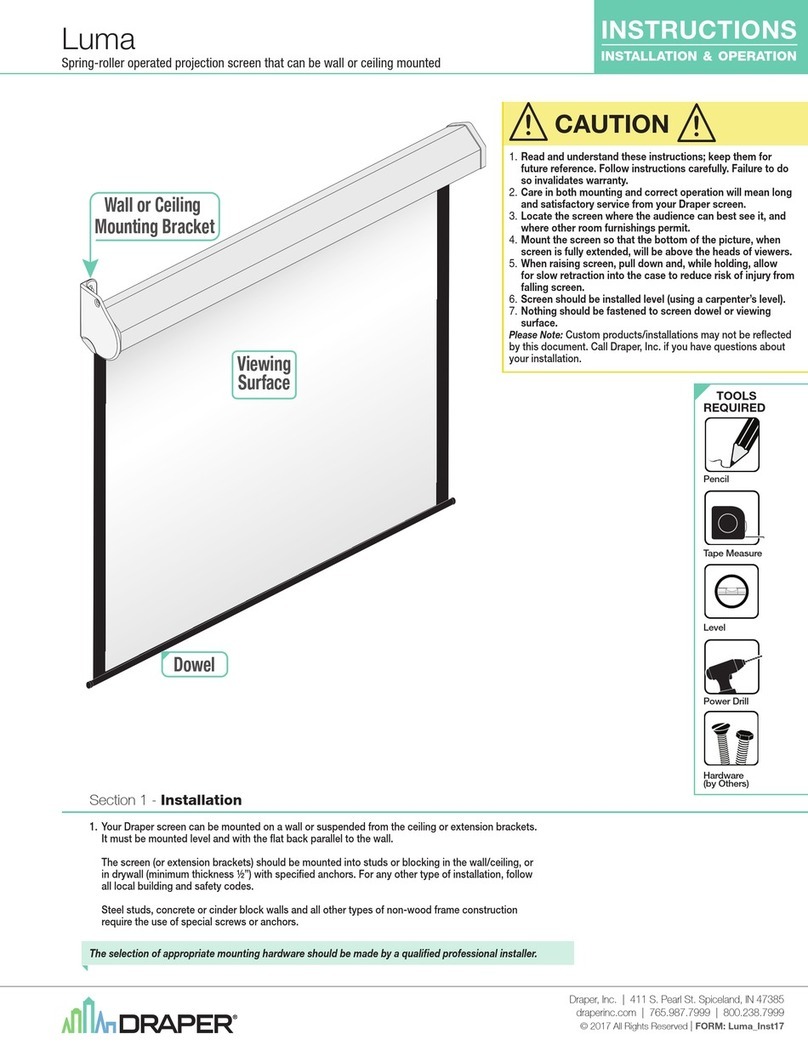
5NEHER INSECT SCREENS
04/2020 © WOUNDWO System by NEHER
The mesh stands out with its good tensile strength and high resistance to weathering. If, however, for example, insects or dirt are
deposited on it, they can be eaten by wasps and birds. This can lead to small holes in the mesh. Grease and dirt that cannot be
removed can also attack the surface of the mesh and cause odour impairment. These cases can be prevented by removing insects
and dirt on the mesh. Cleaning should be done depending on the degree of soiling, but at least twice per year.
Cleaning of the mesh is ideally done with a microfiber cloth. This is to prevent static charging of the mesh during cleaning. The cloth
must be moistened for this. You may also use pH-neutral cleaning agents.
To remove stubborn adhesions of dust, grease and insect particles, we recommend a rough pre-cleaning with a cleaning pad. To avoid
damage the cleaning pads should be applied carefully, especially on older tissues.
Tip for Transpatec mesh:
The Transpatec tissue can be cleaned with a vacuum cleaner.
You simply put on the upholstery and vacuum the mesh carefully.
Tip for anti-pollen mesh:
The mesh has a special coating which „attracts“ the flying pollen and holds it on the thread. Particles deposited like this should be
removed regularly and according to the degree of soiling. For this purpose, we recommend that you simply rinse the mesh in running
water. To dry, please use a dry, soft, lint-free cloth with which you gently dab the mesh (DO NOT RUB). Cleaning agents other than water
should be used on this specially-coated mesh only for very heavy soiling. In these cases you can use detergents which are suitable for
functional textiles (e.g. anoraks, sportswear, and coats of membrane meshes or microfibers). In order not to attack the mesh coating,
you need to use these cleaning agents sparingly, carefully and gently. Pollen stuck to the mesh is largely washed away by rain. In heavy
rain it can be, however, that the raindrops pass through the mesh of the pollen guard grating and splash against the window pane.
After the water has dried off, the pollen is left behind on the window pane. In this case, we recommend that the window pane is cleaned
as soon as possible, since at the beginning these still stick relatively well to the window pane.
Attention: Pollen guards are part of secondary prevention and should not replace medical treatment. ECARF -certified pollen guards
prevent pollen from entering the living spaces, thus reducing the allergic symptoms. However, they do not guarantee complete
protection against pollen.
Tips for stainless steel:
Stainless-steel meshes are weather-resistant, extremely durable and easy to clean. Sometimes so-called flash rust from the
environment outdoors can accumulate on the mesh. This rust is not only visually unattractive, but can also lead to stronger rusting on
the stainless steel. Flash rust must therefore be removed immediately. For this, use a soft brush with a pH-neutral detergent, for example.
For more serious contamination, a commercially-available stainless steel cleaner will help. Ensure that you rinse all cleaning agents used
thoroughly and fully with water. To avoid shifts in the mesh, you must make sure you treat the mesh carefully in the cleaning process.
In light well covers, it is possible that a white deposit forms mainly on the underside of the stainless steel mesh. This zinc oxide is a
protective layer that forms between the galvanized steel grating and stainless steel mesh. For both components, it is never a problem
and should not be removed, otherwise rust may occur. Contact corrosion: Please make sure that metallic objects (snow shovel made of
metal, garden tools etc.) are not placed on the light well cover.
Attention: Please make sure you use no road salt on the light well cover. Also with expanded aluminium meshes.
Attention: In order to avoid damaging the mesh, please make sure not to damage the light well cover with a sharp object, such as a
ladder or a chair leg. Also avoid the use of snow shovels on the light well cover.
The Neher brush seals are made of silicone and untreated polypropylene and are characterized by, among other things, a good UV
resistance. For preventive protection and preservation of the appearance it is advisable to clean the brush together with the frame
according to the degree of soiling, but at least twice per year. You can use pH-neutral cleaning agents such as Use detergents in the
usual dilution.
Light gap with brush sealing
To achieve an insect-proof connection between the insect protection element and the window, the door, the floor or the wall, brushes
are used as a seal.Due to various installation situations, a light gap can be visible. This is not a defect, as a supposedly great light gap
measured properly is only a few tenths of a millimetre and is thus smaller than the inside opening of the insect repellent mesh.
Brush seals with swinging doors
The brush seals in the torsion bars and the counter-holder are subject to mechanical stress and may even lose some „hair“ in the
beginning. This is a normal process in the course of the pendulum motion of the door and therefore not a defect.
8. MESH
9. BRUSH SEALING
